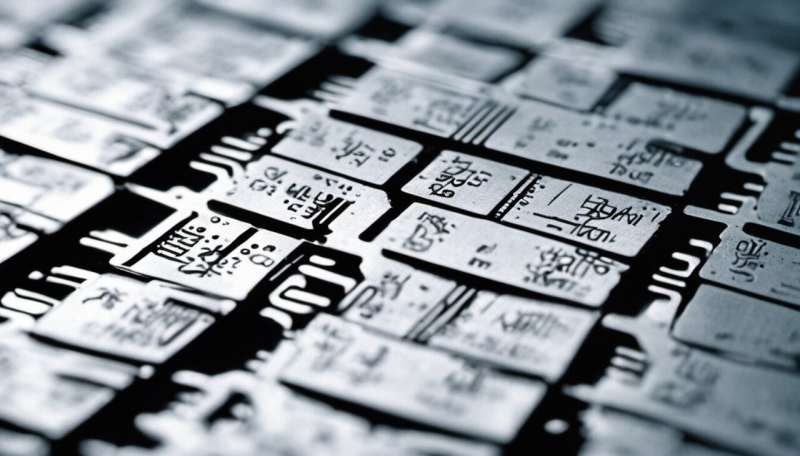Technology helps improve production of laser-heated hard disk drives with enhanced storage capacities

Today's hard disk drives can hold terabytes of digital data, but manufacturers are having trouble squeezing more storage capacity into these devices using conventional procedures. Now, a new technique that promises to solve this impasse—heat-assisted magnetic recording (HAMR)—can be integrated more efficiently into future hard drives thanks to an analytical tool developed by A*STAR researchers.
Data-storing 'bits' inside hard disk drives have to be turned on and off with magnetic fields. But as bit sizes diminish to improve storage density, the recording heads need stronger and stronger fields to resolve individual magnetic grains. Eventually, impractically large fields are required to read and write data.
The HAMR approach uses a small laser mounted on the disk recording head to heat up the magnetic material before writing to it. The increase in temperature reduces the magnetic field intensity necessary for data storage and consequently, smaller bit sizes can be used. Rapid cooling of the magnetic grains ensures the stability of the freshly recorded data.
Researchers are confident that the HAMR technique can lead to 20-terabyte hard drives within a few years if some specific challenges can be overcome. One current problem is that accurately testing the temperature-dependent recording in localized regions is difficult. Typical analytical methods have to heat up relatively large sample volumes, a time-consuming process that can irreversibly damage HAMR media.
Hongzhi Yang, with a team from the A*STAR Data Storage Institute and the National University of Singapore designed an improved 'pump–probe' laser device to scrutinize HAMR devices. The instrument uses an initial intense beam to heat up a localized region of the magnetic disk. Then, a weaker laser probes the heated region for the micro-magneto-optic Kerr effect (μ-MOKE), a phenomenon that can gauge a material's magnetization state. By repeating these measurements with different heating beam conditions, the researchers obtained detailed data on HAMR writing, reading and magnetic states from specific microscopic spots on the hard drive surface—information currently unavailable through other techniques.
"The challenge in developing this testing instrument was integrating the complex optical and mechanical components to achieve good signal-to-noise ratios and uniform temperature distribution in the media during heating," says Yang. "But compared to traditional bulk-heating techniques, our method is much faster, allows full disk measurement and avoids annealing effects."
The team is confident that this instrument can be incorporated into disk drive manufacturing plants as HAMR captures a larger share of magnetic recording technology.
More information: Yang, H. Z., Chen, Y. J., Leong, S. H., An, C. W., Ye, K. D. et al. "A multi-functional testing instrument for heat assisted magnetic recording media." Journal of Applied Physics 115, 17B726 (2014). dx.doi.org/10.1063/1.4865969
Journal information: Journal of Applied Physics




















